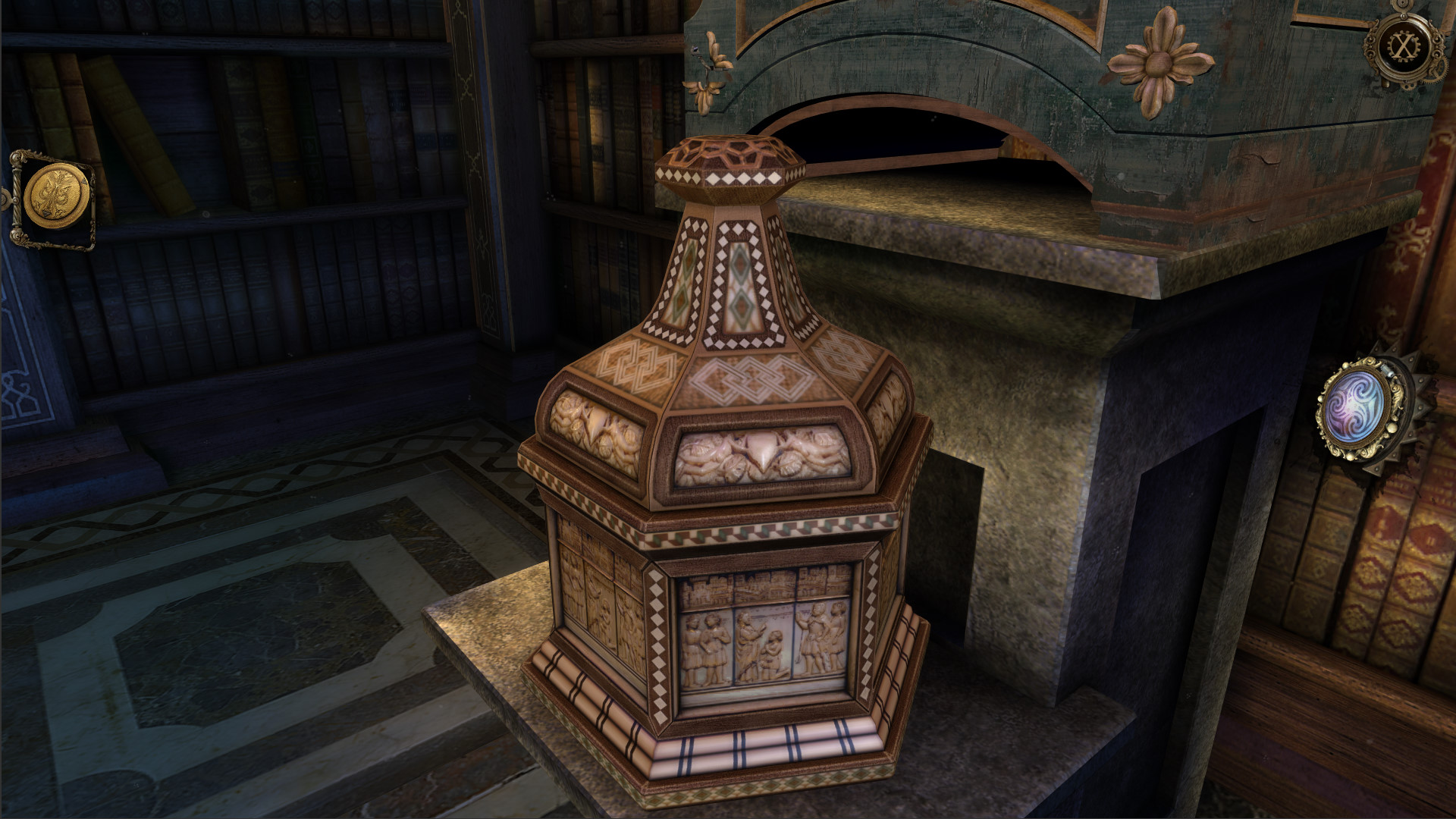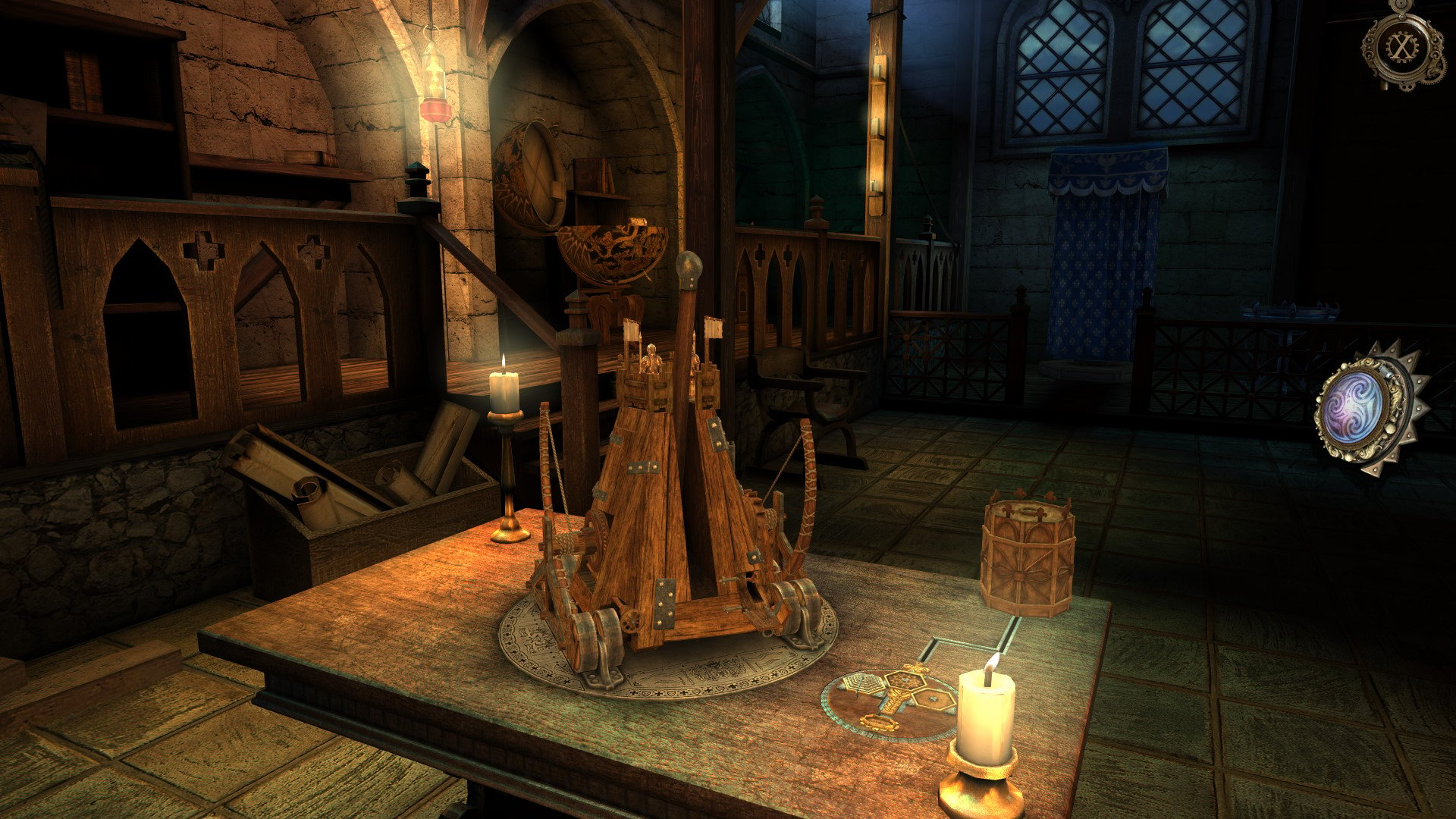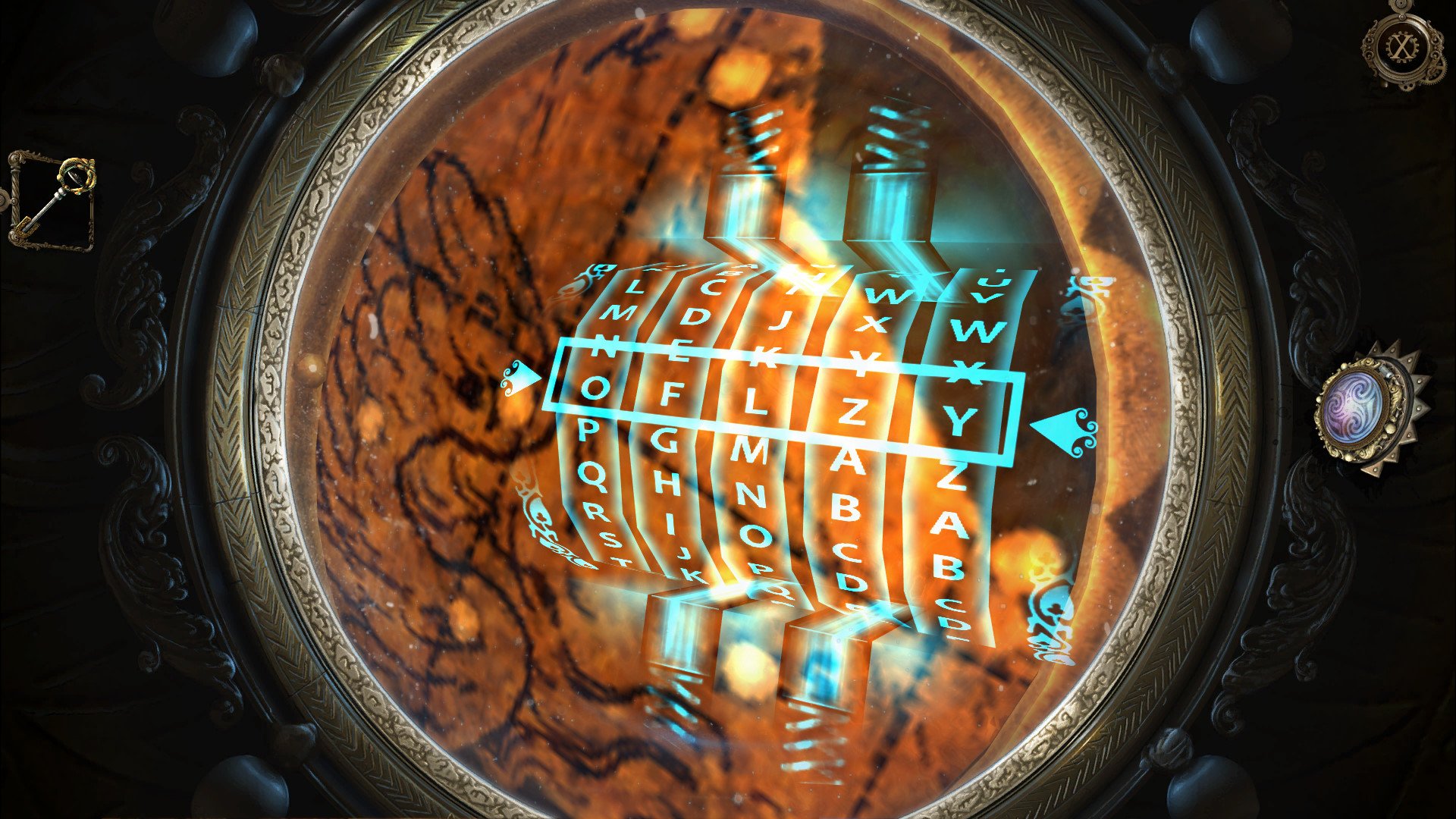- Wondering how to get Monopoly GO! free rolls? Well, you’ve come to the right place. In this guide, we provide you with a bunch of tips and tricks to get some free rolls for the hit new mobile game. We’ll …
Best Roblox Horror Games to Play Right Now – Updated Weekly
By Adele Wilson
Our Best Roblox Horror Games guide features the scariest and most creative experiences to play right now on the platform!The BEST Roblox Games of The Week – Games You Need To Play!
By Sho Roberts
Our feature shares our pick for the Best Roblox Games of the week! With our feature, we guarantee you'll find something new to play!Type Soul Clan Rarity Guide – All Legendary And Common Clans Listed!
By Nathan Ball
Wondering what your odds of rolling a particular Clan are? Wonder no more, with my handy Type Soul Clan Rarity guide.
Interview: The House of Da Vinci
The House of Da Vinci made a real splash when it was released for iOS earlier this year with its intelligent puzzling and historical setting – and now it’s finally on Android. To celebrate the occasion we’ve talked to developer Blue …

The House of Da Vinci made a real splash when it was released for iOS earlier this year with its intelligent puzzling and historical setting – and now it’s finally on Android.
To celebrate the occasion we’ve talked to developer Blue Brain Games about how the idea for the puzzle adventure came about, future plans for the title, and the differences between the iOS and Android versions.
Can you explain a little about how the idea for The House of Da Vinci came about?
From the very beginning, we wanted to create a puzzle game that was built around an adventure story. The question was, what kind of story and which historical epoque to choose in order to make it attractive? We discussed many concepts, but none seemed good enough to satisfy us. Lastly, we had a proposal from our game designer, Michael – to create a game based on the life of the Renaissance genius Leonardo Da Vinci and his works. We were thrilled by this idea, because Leonardo created a tremendous number of great inventions, which we could use when designing the game. Moreover, there remains much mystery srrounding Leonardo da Vinci the person, which lent itself to the storyline as well. To sum it up, Leonardo da Vinci was a great opportunity to create the game of our dreams.

What were your team’s main influences when developing the game?
Without any doubt, it was the time frame in which the game takes place. The Renaissance is, in our opinion, one of the most beautiful and fascinating periods in history – one that has shaped the whole fabric of Europe in such fields as architecture, art and inventions. We’ve tried to bring this very atmosphere to the game. We wanted the players to be truly part of this period, to really enter Leonardo’s library, to experience walking through the streets of 16th century Florence.
What challenges did you face during development, and how did you overcome them?
Game development is always a huge challenge. in our case an even greater one, because we began with a completely new team. Most of our team members only had minimal experience with game design and development. So we had to create our own processes to fit our needs from the very beginning. Fortunately, we think the final product is a truly premium quality effort. Everyone on the team made contributions to the game’s story and puzzles, which really helped us to create an honest and creative atmosphere in the studio.

What specifics tools and techniques did you use to develop the game?
Even before we started to draw or develop a single puzzle, we had to understand Leonardo‘s invention itself and its functionality. Based on Leonardo’s sketches, we created our own somewhat simplified versions. This brought us to our first 3D models, then animations, and finally a lot of beta testing. Eventually, we had to make sure that each puzzle fits properly into the game storyline. There are many people who have recreated Da Vinci’s inventions in real life. We’ve done something very similar – but in 3DS Max, Photoshop and Unity 3D software.
Which part of the game are you personally the most proud of and why?
It’s hard to choose any one part alone. We’re proud of the game as a whole! But I personally really like the system of achievements. During the gameplay, the player discovers these, one by one – Da Vinci’s actual inventions. We could have handled this feature in the same manner as other games – the player discovers an achievement, and it is stored in the game’s central section. What we wanted was for the players to be able to try and find out more about each invention and its purpose in a special ‘achievement room’. It’s not essential to the storyline, but it will certainly please the many players who are deeply interested in da Vinci’s work.

What tips do you have for people playing The House of Da Vinci for the first time?
We’ve thought a lot about first-time players. The whole beginning of the game is a tutorial, where you will learn everything necessary. Even later, whenever somebody is stuck in a puzzle, hints will appear after some time. From our point of view, the game is not easy, but it certainly can be finished by everyone who has enough patience and pays attention to detail.
Do you have anything planned in terms of future updates for the game, and if so, can you give us any details of what these might include?
We don’t plan any further levels, only minor bug fixes and optimization for upcoming Android & iOS versions. At the moment, we are fully focused on developing the PC & Mac versions of the game. After that, we’ll jump right onto the sequel. I don’t want to reveal too much, but you can look forward to many new puzzles and an intriguing storyline, which will be directly connected to the first game. For The House of Da Vinci, this is only the beginning of an exciting story.
Are there any significant differences between the Android and iOS versions of the games?
At the moment, there are two differences between the Android and iOS version. The first is the concept of achievements and the achievement room, which I‘ve mentioned in one of the earlier questions. The second one is an optimized function of the Oculi Infinitum and Oculi Tempus – two special lenses the player can access during gameplay. Luckily for iOS players, both optimizations will be available in the AppStore with the next app update, which will be released soon.
You can download The House of Da Vinci on Android and iOS now.
More articles...
Monopoly GO! Free Rolls – Links For Free Dice
By Glen Fox
Wondering how to get Monopoly GO! free rolls? Well, you’ve come to the right place. In this guide, we provide you with a bunch of tips and tricks to get some free rolls for the hit new mobile game. We’ll …Best Roblox Horror Games to Play Right Now – Updated Weekly
By Adele Wilson
Our Best Roblox Horror Games guide features the scariest and most creative experiences to play right now on the platform!The BEST Roblox Games of The Week – Games You Need To Play!
By Sho Roberts
Our feature shares our pick for the Best Roblox Games of the week! With our feature, we guarantee you'll find something new to play!Type Soul Clan Rarity Guide – All Legendary And Common Clans Listed!
By Nathan Ball
Wondering what your odds of rolling a particular Clan are? Wonder no more, with my handy Type Soul Clan Rarity guide.







